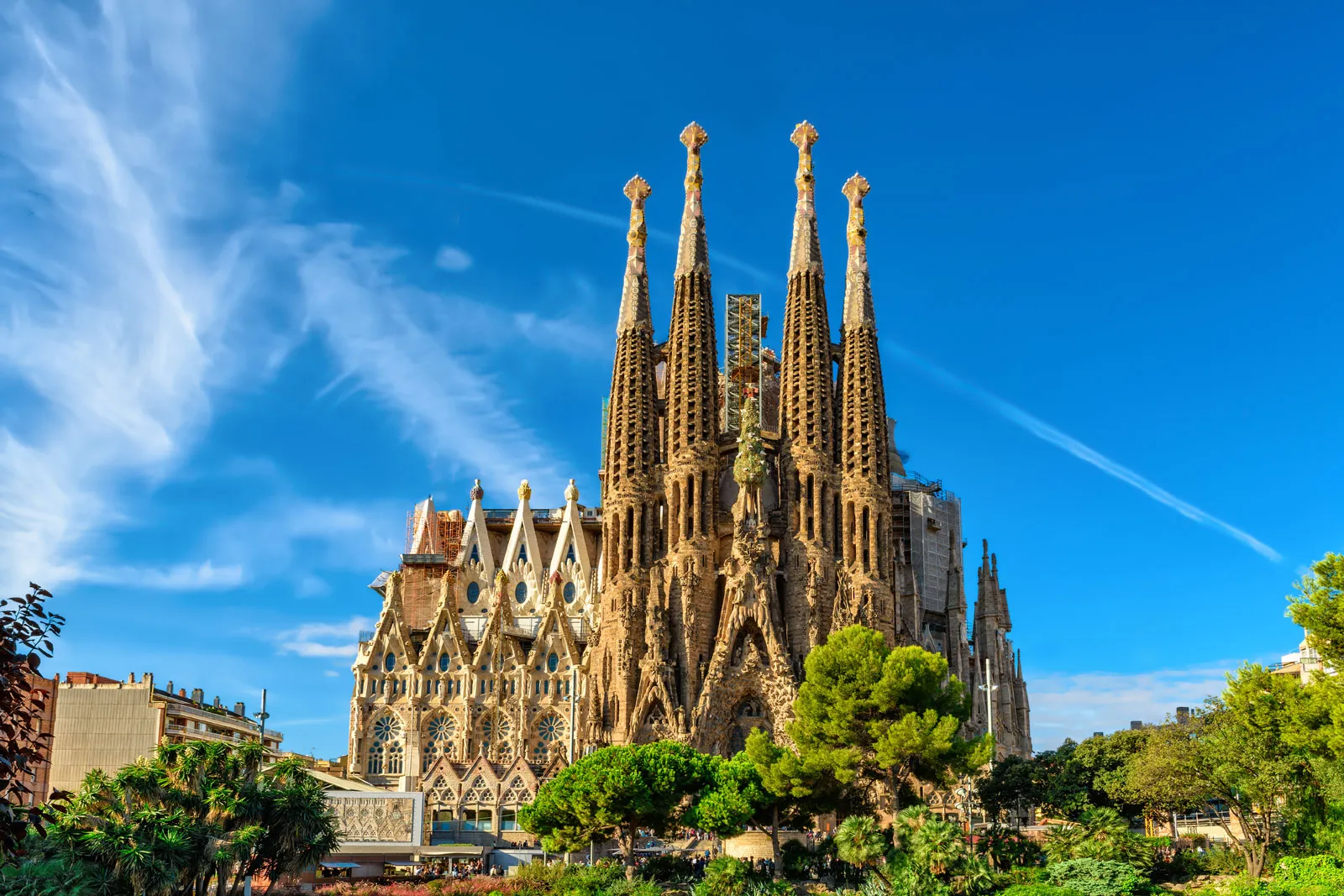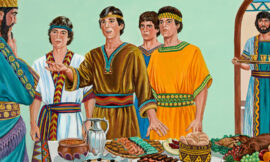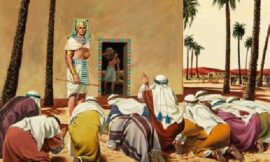The Sagrada Familia, also known as the Basilica and Expiatory Church of the Holy Family, is an iconic Catholic church located in Barcelona, Spain. Its construction began in 1882 and continues to this day. Here’s a brief history of the Sagrada Familia:
* The Vision of Antoni Gaudí:
The idea for the church originated from a book by Josep Maria Bocabella, who envisioned a temple dedicated to the Holy Family. Architect Antoni Gaudí became involved in the project in 1883 and eventually took over its design. Gaudí’s unique architectural style, inspired by nature and characterized by organic shapes and intricate details, would shape the vision for the church.
* Construction Begins:
The first stone of the Sagrada Familia was laid on March 19, 1882. The initial plan was to build three grand facades representing the Birth, Passion, and Glory of Christ, along with eighteen towers. However, due to financial limitations and various setbacks, only the Nativity Façade, the Crypt, and one of the towers were completed during Gaudí’s lifetime.
* Gaudí’s Involvement and Death:
Antoni Gaudí dedicated a significant portion of his life to the construction of the Sagrada Familia. He became fully engrossed in the project, implementing innovative techniques and incorporating symbolism throughout the design. Gaudí’s influence on the Sagrada Familia was immense, but sadly, he died in 1926 after being struck by a tram. At the time of his death, only a quarter of the church was completed.
* Interruptions and the Spanish Civil War:
After Gaudí’s death, construction on the Sagrada Familia faced numerous challenges. The outbreak of the Spanish Civil War in 1936 led to the destruction of Gaudí’s workshop and many of the original plans and models. The unfinished church was also vandalized and used as a storage facility during the war.
* Resumption of Construction:
In the 1950s, work on the Sagrada Familia recommenced under the direction of architects Domènec Sugrañes and Francesc Quintana. They aimed to continue Gaudí’s original design while incorporating some modifications. Over the years, various architects and construction teams have contributed to the ongoing project.
* Architectural Evolution:
The Sagrada Familia has undergone several design changes since Gaudí’s time. The Passion Façade, representing the suffering and death of Jesus, was completed in 1978, following Gaudí’s original plans. The construction of the Glory Façade, representing the eternal glory of Christ, began in 2002 and is still ongoing. As of my knowledge cutoff in September 2021, the expected completion date is estimated to be around 2026, on the centenary of Gaudí’s death.
Today, the Sagrada Familia stands as an architectural masterpiece and one of Barcelona’s most famous landmarks. It attracts millions of visitors each year, who marvel at its intricate design, stained glass windows, and the ongoing work that continues to bring Gaudí’s vision to life.
History of sagrada familia church – सागरदा फ़मिलिया चर्च का इतिहास





